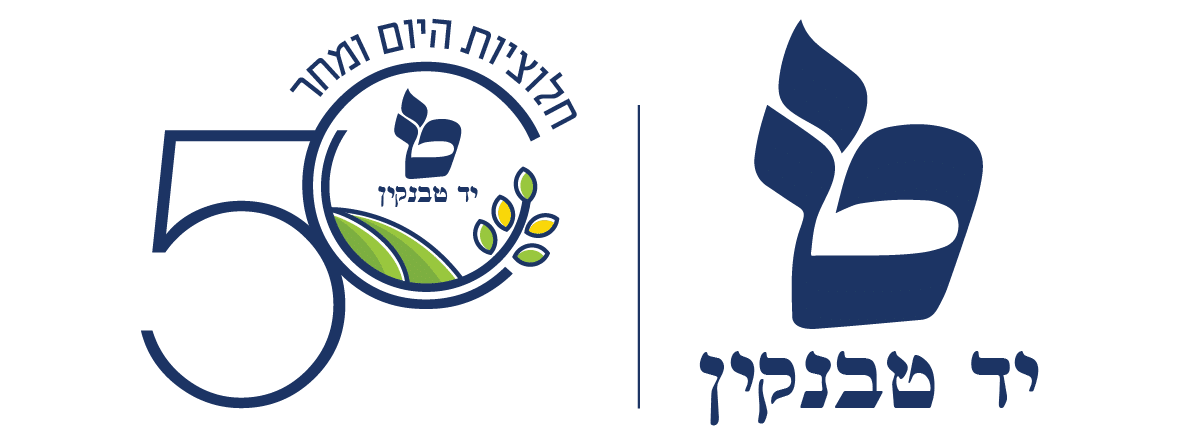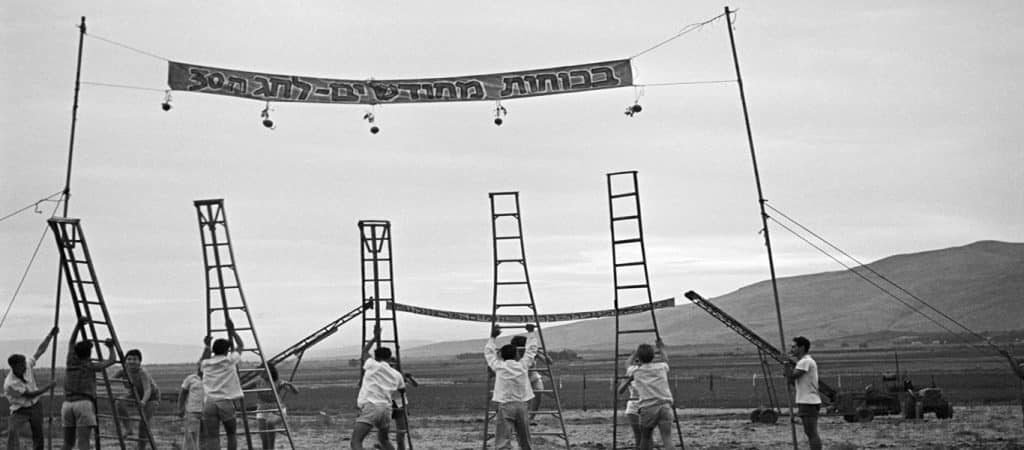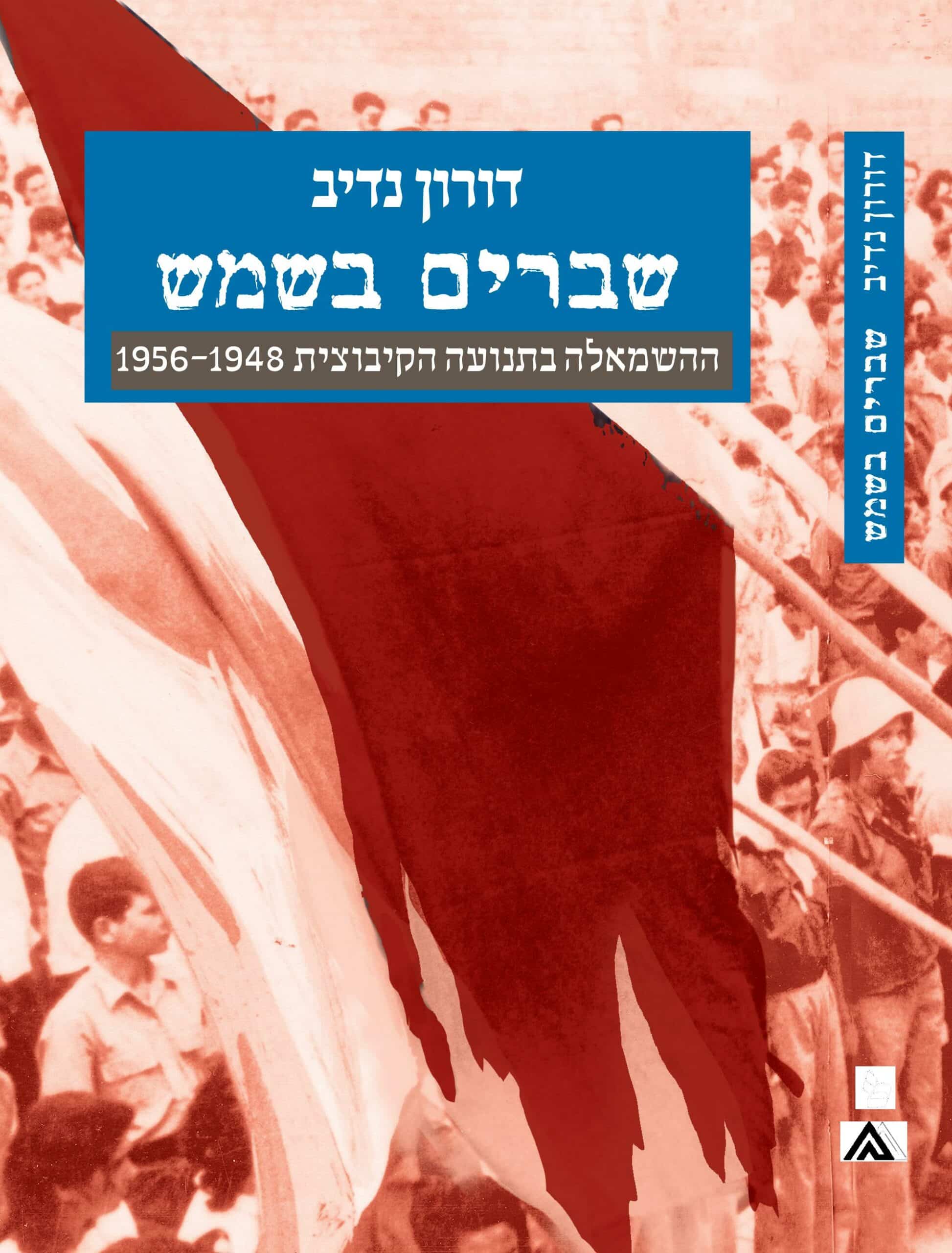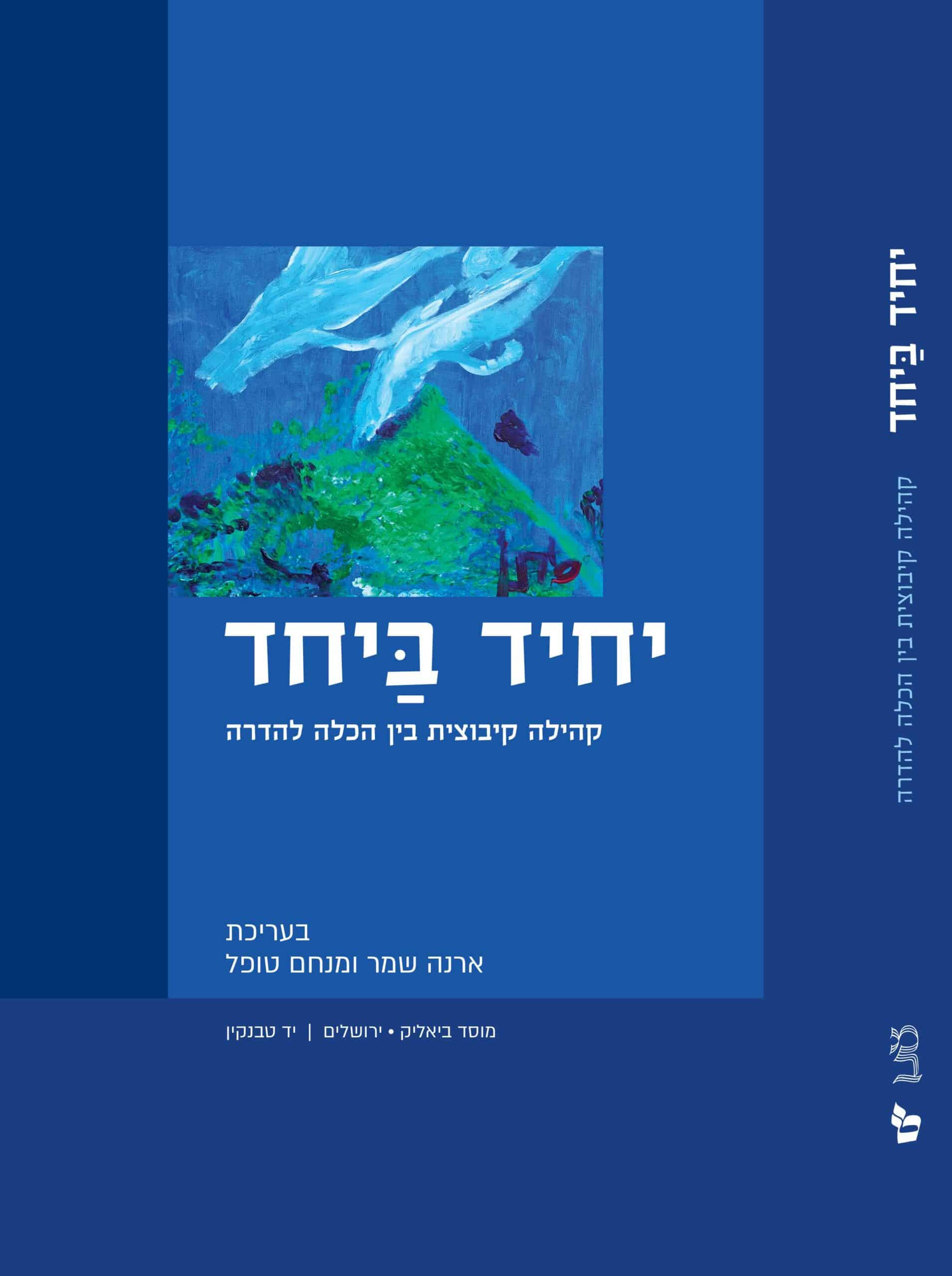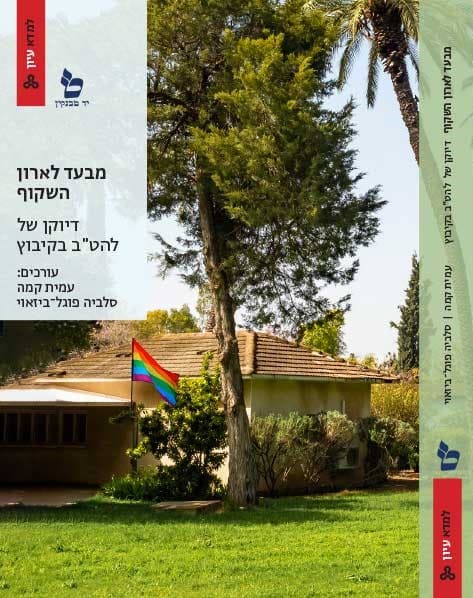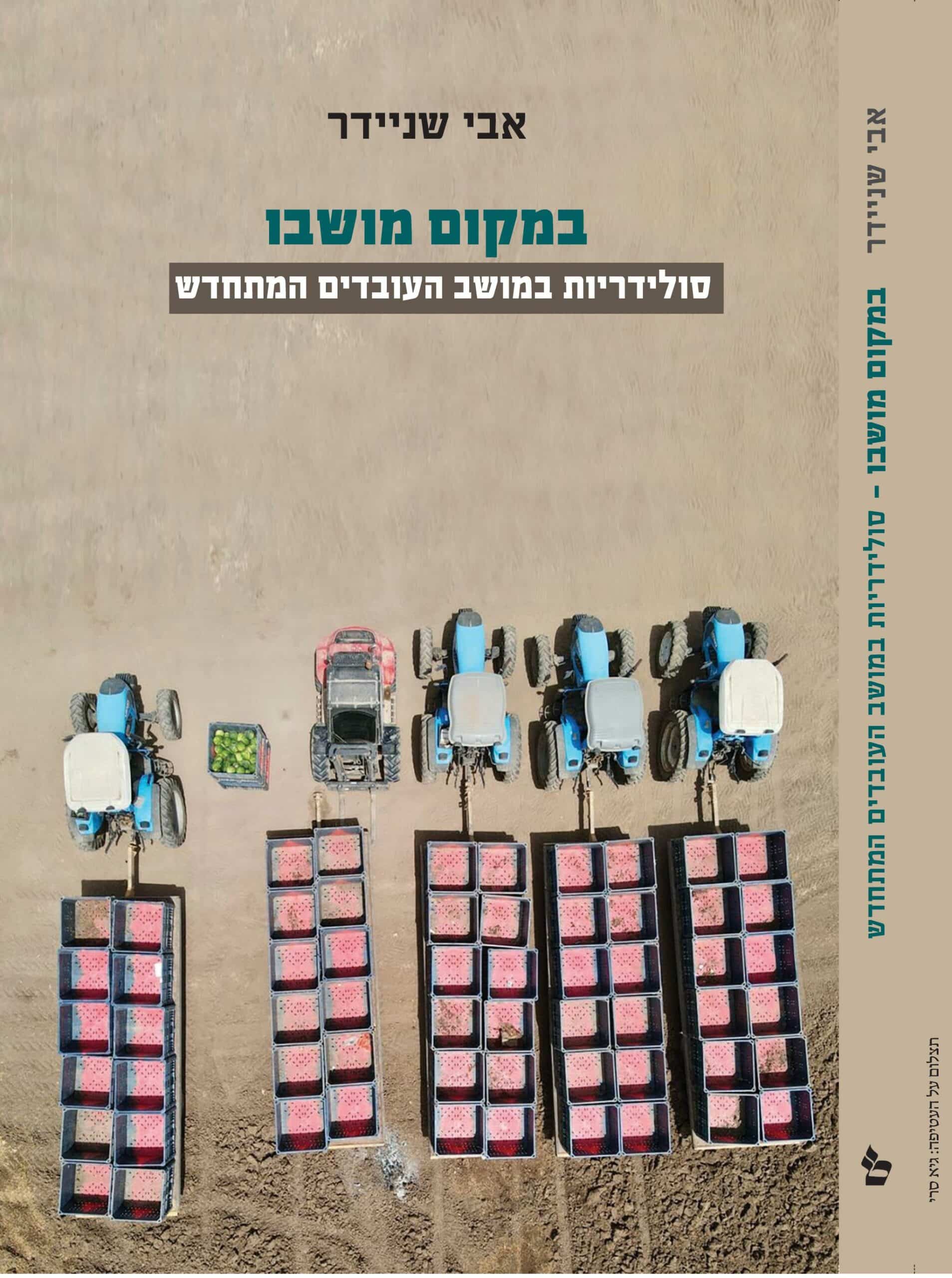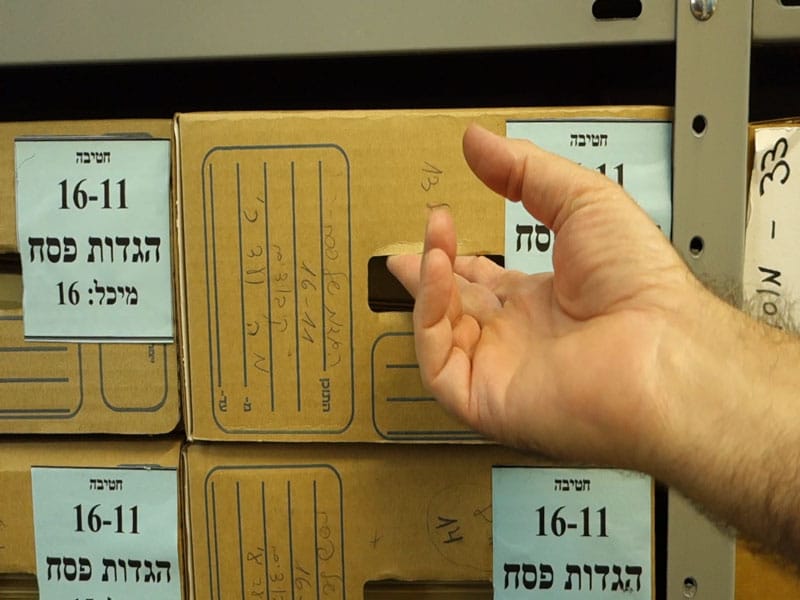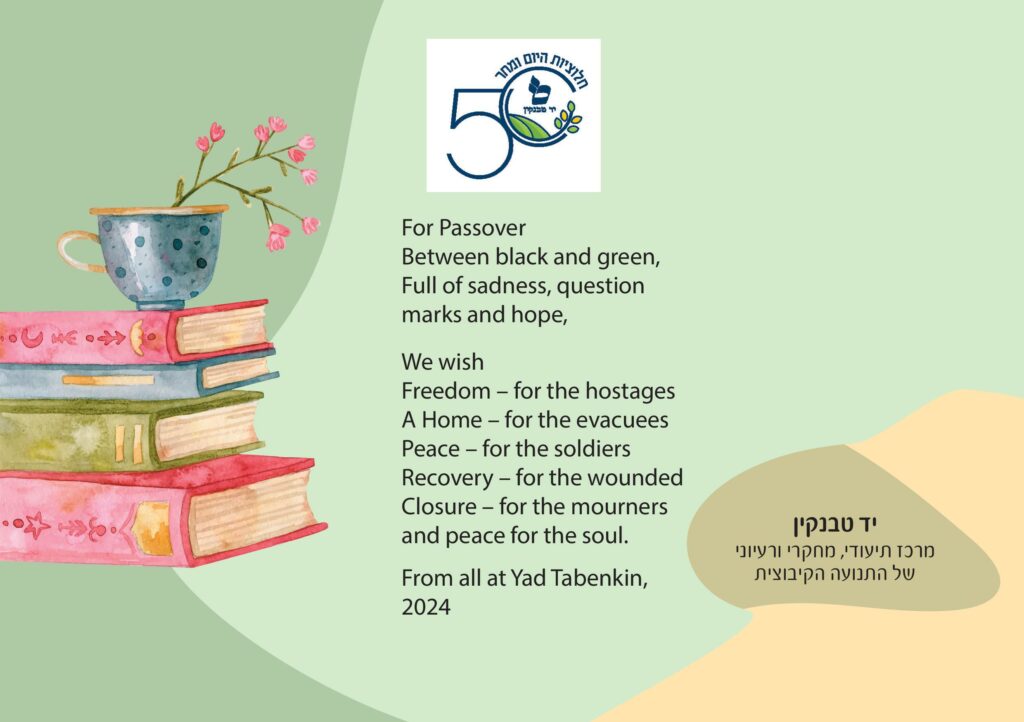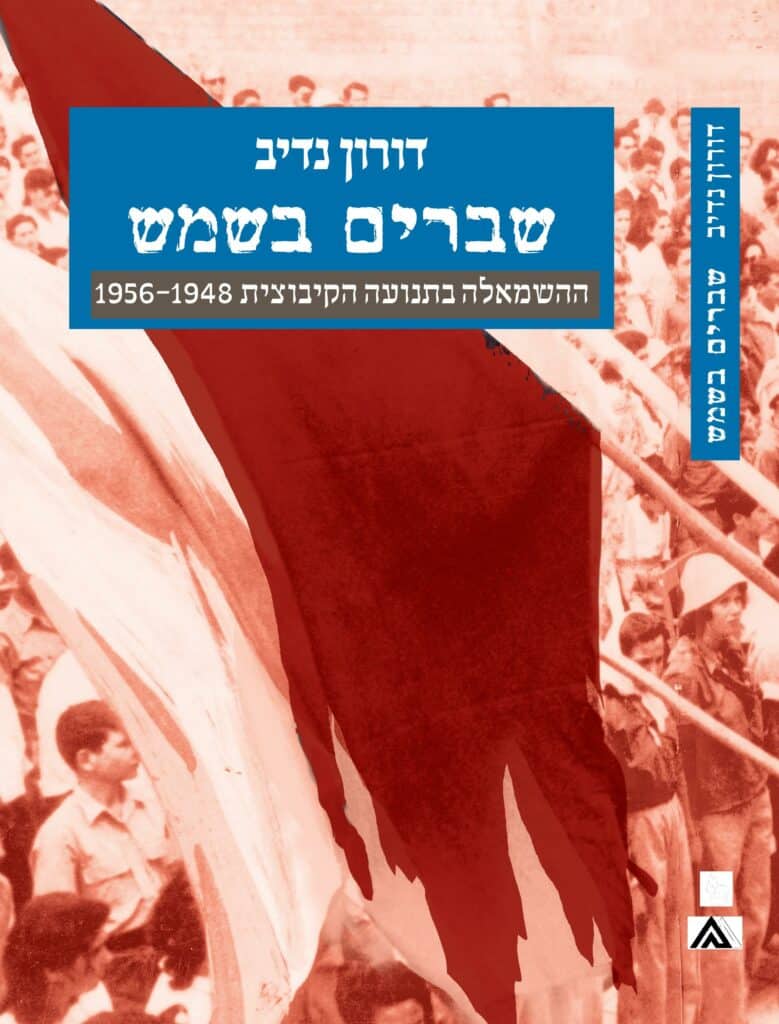A Double Biography
Sharon Geva
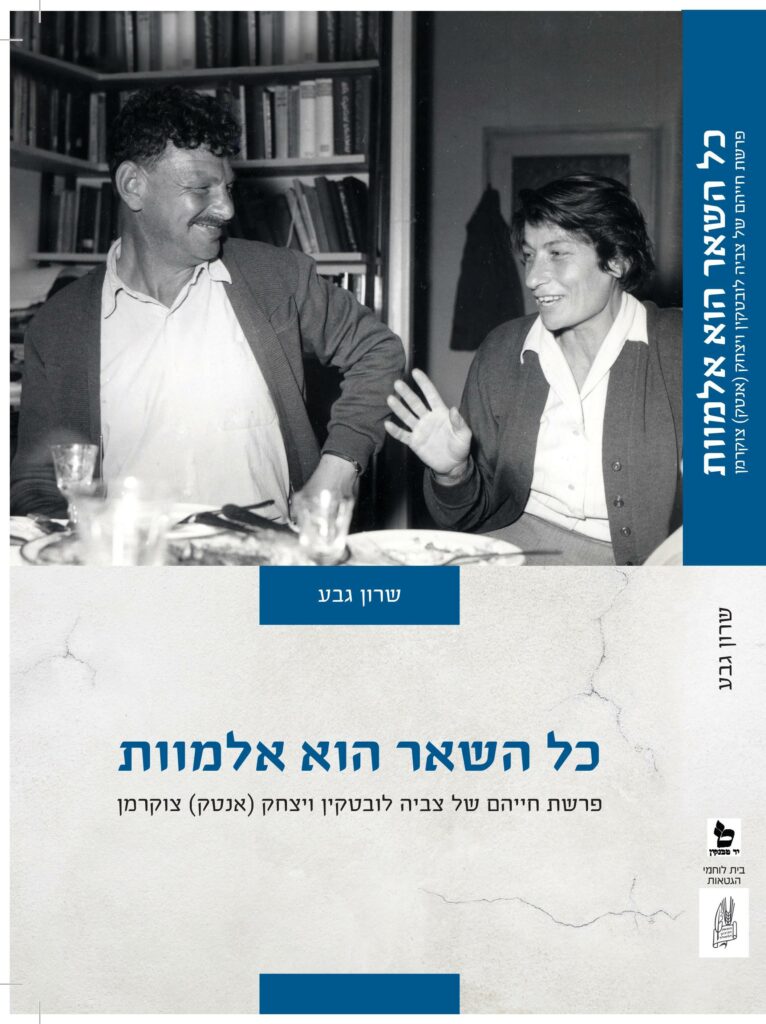
Zivia Lubetkin (1914—1978) and Yitzhak Zuckerman (1915—1981) were leaders of the Warsaw Ghetto Uprising, which broke out on April 19, 1943, and has ever since been viewed as the ultimate symbol of heroism during the Holocaust. They were among the founders of the Jewish Fighting Organization (ŻOB: Zydowska Organizacja Bojowa – Eyal) in the Warsaw Ghetto, its leaders, and among the few fighters, let alone commanders, who survived the uprising. Both were well-known personas in Israel, especially among the socialist Zionists and members of kibbutzim. When they immigrated to Eretz-Yisrael – Lubetkin in May 1946, Zuckerman in April 1947 – the entire Yishuv, from all political parties and movements, saw them as national heroes. For Lubetkin and Zuckerman, this was a great honor but also a burden. This book showcases the story of their lives in Israel, from the late 1940s until their deaths. It is a double biography of the Lubetkin-Zuckerman couple who built their lives in the shadow of the Holocaust and in the light of rebellion and heroism.
Lubetkin was born on November 9, 1914, in Byteń, Poland; Zuckerman was born on December 13, 1915, in Vilna. They were members of Dror He-Halutz, a Zionist socialist movement. With the outbreak of World War II and the conquest of Poland, they fled to the east, but returned to Warsaw several months later – she in December 1939, he in April 1940 – to organize and lead various underground activists. At first, the major tasks were maintaining the framework of the movement through educational, social and cultural activities, and after the Germans closed the ghetto (November 1940), their own survival. During the Great Deportation, which began on July 22, 1942, they were among the founders of the ZOB, which initially united leaders of Dror, Hashomer HaTzair and Akiba and afterwards most of the movements in the ghetto, including non-Zionists.
Zuckerman was Mordechai Anielewicz's deputy commander of the ZOB, Lubetkin was a leading personality in the organization and its highest-ranking woman. Before the uprising broke out on April 19, Zuckerman was ordered by the ZOB to cross the ghetto wall to the Aryan side of Warsaw, as a representative of the ZOB, in an attempt to connect between the fighters in the ghetto and the Polish underground. During the uprising, Lubetkin was in the bunker of the ZOB headquarters at 18 Mila Street. She was one of the fighters who managed to escape the destroyed ghetto through the sewers. After the war, they were both active among survivors and in the Habricha organization, and in April 1946 they were married in a civil ceremony. They had a son and a daughter, Shimon (born in 1947) and Yael (born in 1949).
In Israel, Lubetkin and Zuckerman were a living testament to armed resistance in occupied Europe during World War II and to heroism in the Holocaust. Both were important figures in the Hakibbutz Hameuchad movement, which was related to the Zionist left. They were among the founders of Kibbutz Lohamei Hagetaot (Ghetto Fighters' Kibbutz) in the Western Galilee. The kibbutz was founded on April 19, 1949, the sixth anniversary of the Warsaw Ghetto Uprising. At the same time, Beit Lohamei Hagetaot (The Ghetto Fighters' House) was also founded there, a memorial institute that became the first Holocaust museum in the world.
Lubetkin was a central figure in Kibbutz Lohamei Hagetaot. She was the secretary of the Kibbutz, a key position that in practice ran the community, and she worked in the chicken coop and in the communal kitchen. Zuckerman worked for a short time in agriculture and served as the head of the Ghetto Fighters' House, which he considered first and foremost an educational institute. They were very close to the leader of Hakibbutz Hameuchad movement, Yitzhak Tabenkin (1888—1971), and both were active members in the Ahdut Ha'avoda-Po'alei Zion party and were candidates for the Knesset on its behalf in the 1950s.
In the late 1960s Lubetkin was a member of the board of the Jewish Agency. As political figures, Zuckerman and Lubetkin were involved in public controversies in Israel, such as the Kasztner affair and the controversy regarding German reparations and later diplomatic relations between Israel and West Germany. They testified in the Eichmann trial in Jerusalem (1961) and their testimonies left a great impression: they brought to the courthouse, and into Israeli society and the foreign press, the story of the Warsaw ghetto – the horrors of the destruction and the glory of the uprising.
From the day they arrived in the land of Israel, Zuckerman and Lubetkin appeared before large audiences and described life and death in Poland, especially in Warsaw, and the story of the Jewish revolt. Their performances were documented, recorded and reported in the media. As the years went by, those stories became the narrative of the Warsaw Ghetto Uprising as it was known in Israel. After they passed away, their stories were published in books. The book In the Days of Destruction and Revolt by Lubetkin (Hakibbutz Hameuchad and the Ghetto Fighters' House, 1979) contained an edited version of the story she told in her public appearances. The book Those Seven Years (Hakibbutz Hameuchad and the Ghetto Fighters' House, 1990) contained Zuckerman's testimonies as told to two close friends, Yoske Rabinowitz and Yudke Helman, during the 1970s.
Lubetkin died on July 11, 1978, at the age of 64; Zuckerman died on June 17, 1981, at the age of 66. They were buried in the cemetery of Kibbutz Lohamei Hagetaot. Zuckerman decided that only one word would be written on Lubetkin's tombstone – Zivia; on his tombstone is engraved his name and also his underground nickname during World War II – Antek. Seven months before Lubetkin's death, their first granddaughter was born, and was named Eyal. A month before Zuckerman's death, their second granddaughter, Roni, was born. She later became the first female fighter pilot in the Israeli Air Force (2001).
Lubetkin and Zuckerman are commemorated throughout Israel. Streets and schools were named after them, and a communal settlement in the Lower Galilee, Ma'ale Tzviya, established in 1979, was named after Lubetkin. Lubetkin and Zuckerman are also commemorated in the study center in the Ghetto Fighters' House. Their names appear in research textbooks and also in books for children and youth. Yet, eighty years after the Warsaw Ghetto Uprising and forty years after Lubetkin and Zuckerman passed away, it seems that little remains but the symbol.
This book brings the story of Lubetkin and Zuckerman in Israel in light of the tension between their image as heroes and role models and the reality – their lives as a man and a woman, Holocaust survivors, and human beings. It is a historical study based on documents mainly in the archive of the Ghetto Fighters' House's archive and particularly on new documents in the Zuckerman collection, as well as in the Kibbutz Lohamei Hagetaot archive, Yad Tabenkin Archive, Israel State Archives, and more.
The story begins with Lubetkin and Zuckerman's arrival in Israel and their relationship when he was still in Europe. It continues with a presentation of their roles in the foundation of Kibbutz Lohamei Hagetaot, and the Ghetto Fighters' House, as well as in positioning the Ghetto Fighters' House as a leading site of Holocaust remembrance in Israel, which often involved conflicts with Yad Vashem, the National Holocaust Remembrance Authority (established in in 1953), and the Moreshet, Hashomer Hatzair's Institute for Holocaust remembrance (since the 1960s).
The book describes the tensions surrounding Lubetkin and Zuckerman's strong opposition to the reparations agreement with West Germany and relations between Israel and Germany in general, and the policy of the Hakibbutz Hameuchad movement regarding claiming reparation by Holocaust survivors who were members of kibbutzim. The book outlines their role as key figures in the political aspect of Holocaust remembrance in Israel, especially in the context of the history of the Warsaw Ghetto Uprising. The book also presents new findings regarding the appearance of Lubetkin and Zuckerman in the Eichmann trial in Jerusalem, which shed a new light on the selection of witnesses in this historic trial.
The book follows Zuckerman and Lubetkin's lives in Kibbutz Lohamei Hagetaot, whose founders were predominantly Holocaust survivors, with reference to the challenges presented by the values of the Kibbutz, for example their lives as parents in the context of the collective daily life and in view of the changes in Israeli society over the years until the end of the 1970s. The book ends with the last chapter of their lives – Lubetkin's illness and her eagerness to die with dignity and the death of Zuckerman, who could not live without her.
Zivia Lubetkin and Yitzhak Zuckerman were not only monuments and symbols, but a woman and a man who survived the Holocaust and came to build their lives in Israel; this book tells their story.
